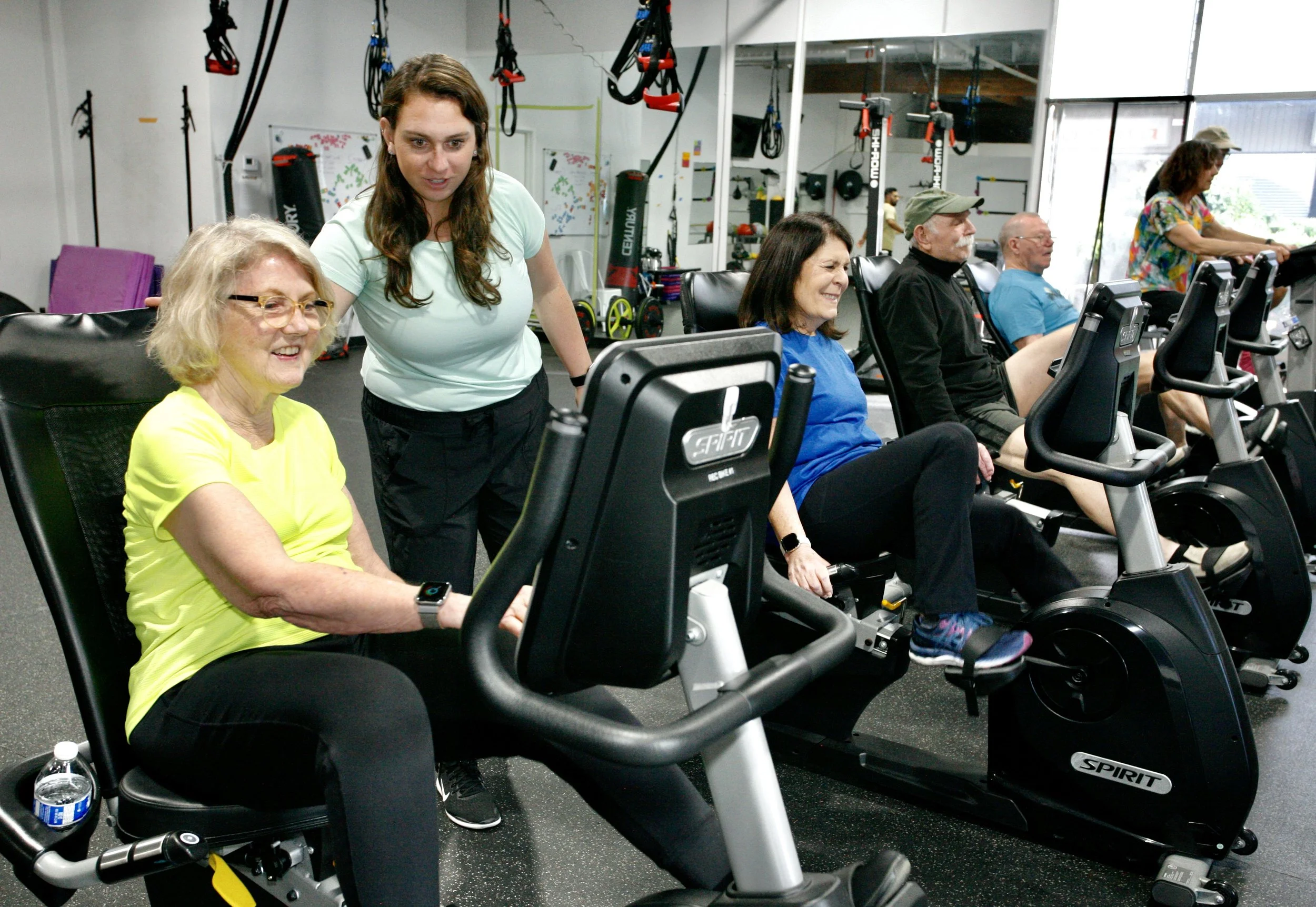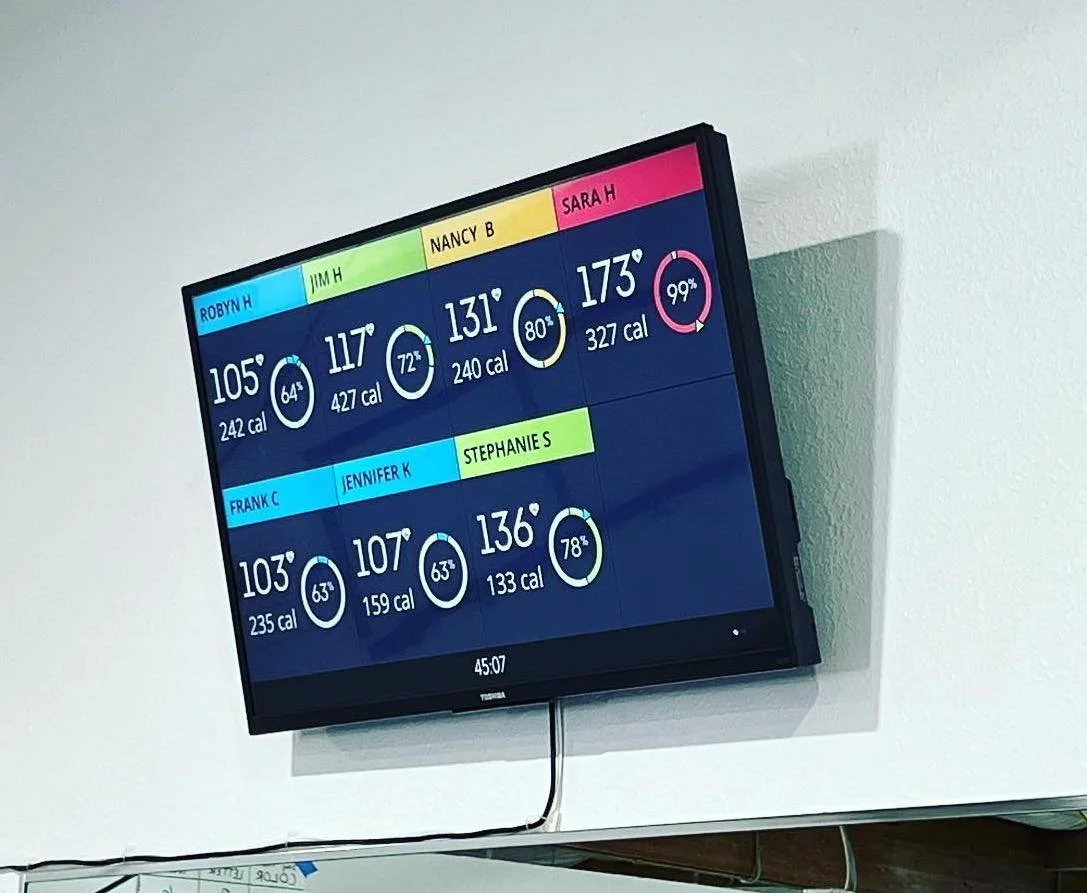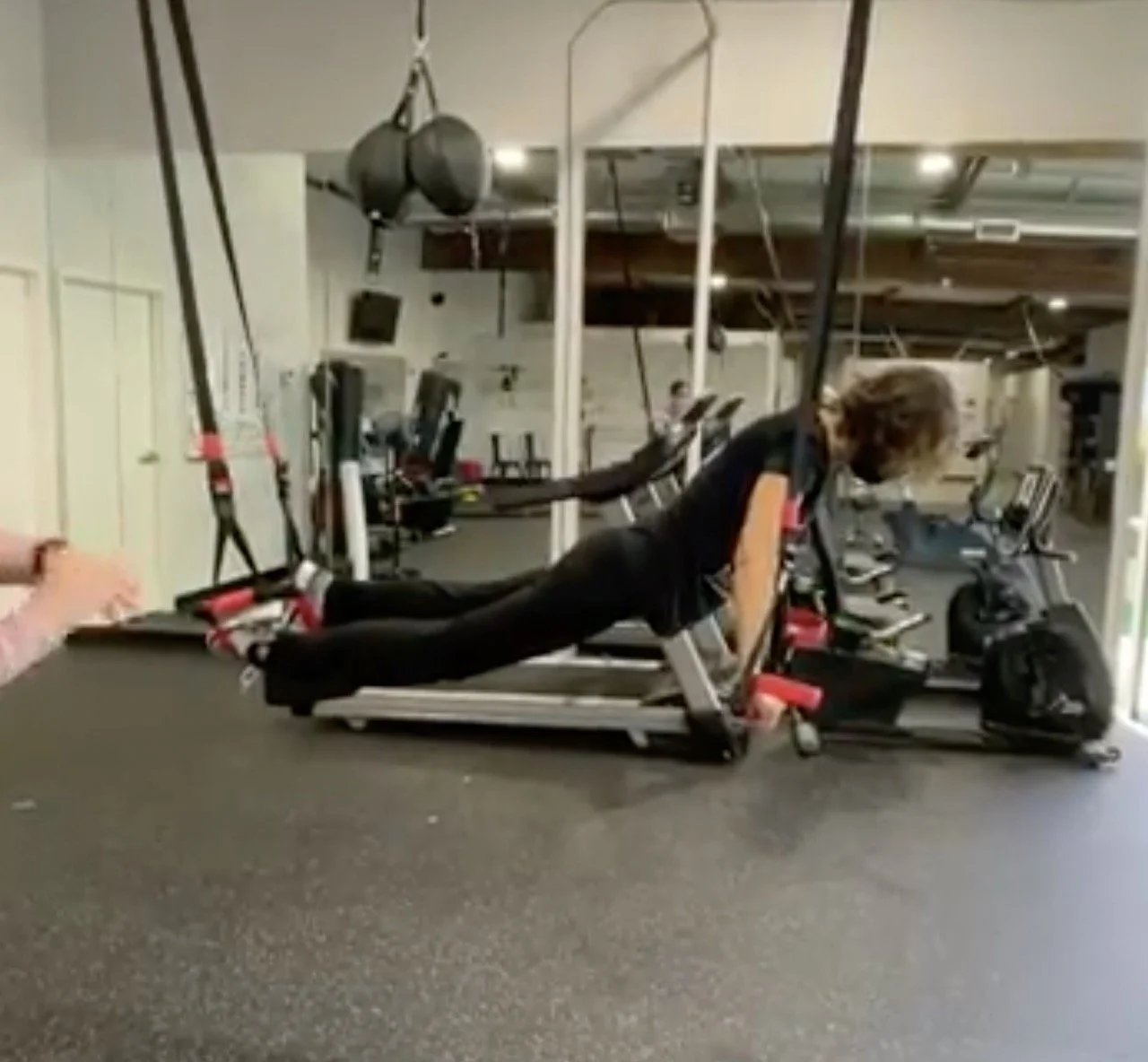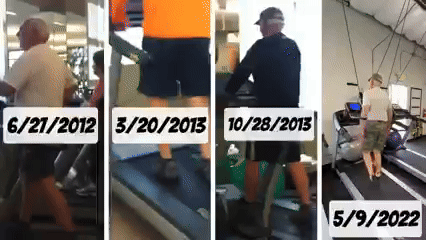Unlocking the Power of High-Intensity Exercise for Parkinson's Disease
Living with Parkinson's disease presents unique challenges, but emerging research suggests that high-intensity exercise may hold the key to managing symptoms and improving overall well-being. In this comprehensive guide, we'll explore the transformative potential of high-intensity exercise for individuals with Parkinson's, highlighting the latest research, success stories, and practical tips for incorporating high-intensity parkinson's physical therapy exercises into your routine.
The Importance of Aerobic Exercise
Recent studies have demonstrated that aerobic exercise, such as brisk walking, cycling, or swimming, can significantly improve symptoms of Parkinson's disease and may even slow its progression. Aerobic exercise has been shown to enhance cardiovascular health, promote neuroplasticity, and reduce inflammation in the brain, leading to improvements in motor function, balance, and cognitive performance.
In addition to aerobic exercise, a variety of other parkinson's physical therapy exercises have been shown to benefit individuals with Parkinson's disease. Strength training exercises can help improve muscle strength and endurance, while activities like dancing, boxing, and tai chi promote balance, coordination, and flexibility. By incorporating a diverse range of exercises into your routine, you can target different aspects of physical fitness and maximize the benefits for your Parkinson's symptoms.
Recommended Exercise Frequency
Research suggests that individuals with Parkinson's should aim for a minimum of three days a week of high-intensity exercise, with additional days being even more beneficial. Consistency is key, so try to incorporate exercise into your routine on a regular basis. Over time, you may notice improvements in your symptoms and overall well-being.
Monitoring heart rate during exercise is essential for ensuring that you're reaching the desired intensity level. Using a heart rate monitor or fitness app can help you track your heart rate and adjust your workout intensity accordingly. Aim to maintain a heart rate within your target zone for optimal results.
The Role of Equipment
Exercise equipment, such as treadmills, stationary bikes, or ellipticals, can be valuable tools for high-intensity exercise. When using equipment, focus on maintaining proper form and technique to prevent injury and maximize effectiveness. Start slowly and gradually increase intensity as your fitness level improves.
Barriers to High-Intensity Exercise
While high-intensity parkinson's physical therapy exercises offer numerous benefits, individuals with Parkinson's may face certain barriers, such as joint pain, balance issues, and limited endurance. Working closely with a physical therapist can help address these challenges and develop a tailored exercise plan that is safe and effective. Modifications, such as using supportive equipment or performing seated exercises, can also help individuals overcome barriers and engage in high-intensity workouts.
If you're experiencing pain, balance issues, or limited endurance, don't hesitate to seek guidance from a physical therapist. They can provide strategies for managing symptoms and developing a safe and effective exercise plan that addresses your specific needs. Remember, it's important to listen to your body and make modifications as needed to ensure a positive and sustainable exercise experience.
Motivation and Goal-Setting
Maintaining motivation is key to sticking with an exercise program and achieving long-term success. Setting specific, achievable goals can provide direction and a sense of accomplishment. Whether it's completing a certain number of workouts per week or improving a specific aspect of physical fitness, setting goals can help keep you focused and motivated on your fitness journey.
Countless individuals with Parkinson's have experienced remarkable improvements in their symptoms and quality of life through high-intensity exercise.
Take, for example, one of our members here at Rogue - Ann. She was diagnosed at 40 years old and she's had Parkinsons for 18 years now. She has become this amazing athlete and she can do things that I cannot do myself.
We also have Dennis who has had Parkinson’s for 20 years now. He's had deep brain stimulation surgery when we first started working together and he was experiencing something called “festinating” - where his steps would get smaller and faster so it makes it difficult for him to walk and balance. Now, after 10 years of walking and working together, he has gotten fitter, and gotten to a healthier weight, and improved/maintained his walking for a long time!
Developing a Plan
To incorporate high-intensity parkinson's physical therapy exercises into your routine, develop a specific plan that includes a variety of activities targeting different aspects of physical fitness. Consider consulting with a fitness professional or physical therapist to develop a personalized exercise program that meets your needs and goals. By taking a proactive approach to your health and well-being, you can unlock the transformative benefits of high-intensity exercise for Parkinson's disease.
Parkinson’s exercise classes you can try
Interested in trying out online exercises? You can check out our video gallery and online classes here.
Or if you’re in the California area, come visit our gym for in-person classes.





